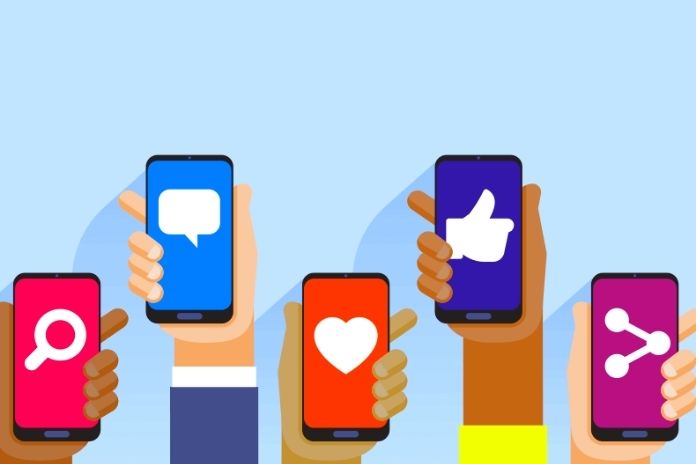Social media terms: We admit Sometimes it’s not that easy with all the English and technical terms on Facebook, Instagram, Twitter & co. to see through. Therefore, there is the big social media ABC here, which we are, of course, happy to add to on an ongoing basis. There is space for suggestions and terms in the comments that should be included here.
Algorithm
The algorithm is a computing process that determines which social media content should be displayed to which user, where, and at what time. Very, very many parameters play a role, and the exact functioning of the algorithms remains secret.
Blogger
A blog is a kind of “diary” on the Internet designed for particular topics and interests and is regularly filled with new (text) contributions. A person who writes a blog is called a “blogger.” The term is now used primarily for well-known bloggers (mainly from the fashion, lifestyle, or food sectors).
Clickbait
Clickbait is a method (which has been criticized) that aims to get as many clicks on website content as possible. For this purpose, sensational headlines are usually used, and information is presented so that it creates a gap in the reader’s curiosity. This means that the reader is made curious by the report explained. Still, his curiosity cannot be satisfied due to the intentionally missing information, so he “has to” click on the content.
Community management
In social media, like-minded users are referred to as a “community.” Community management can thus be understood as maintaining relationships (e.g., through interaction) between these like-minded people.
DM
DM stands for the English term “Direct Message” in social media. These are direct (private) messages to the respective social media profile. The abbreviation PN (= private message) is also often used.
Emoji
Emojis are evolved emoticons and smileys. Tiny pictograms are used in digital texts and messages. They express feelings and refer to animals, nature, food, objects, and activities.
Fans & Followers
Fans and followers are subscribers to social media profiles. The term “fan” is standard on Facebook, while “follower” is used on Instagram and Twitter.
Feed
The feed is the user’s home page on social media. This usually consists of subscribed profiles, friends, and sponsored posts.
Geotagging
Geotagging is the location marking in social media content. Geotagging assigns a place to a post.
Hashtag
Hashtags are linked keywords that are used to find specific social media content. A hashtag always consists of “#” (English: hash) and a term. For example, if you tag your own social media post with the hashtag #summer, this content will be displayed to other users who search for #summer.
Influencer & Influencer Marketing
Influencers are high-reach social media users who are considered opinion leaders due to their many subscribers. Influencer marketing describes the marketing strategy of companies to place their products or services in the social media profiles of influencers (e.g., for a fee).
Comments
Comments are (public) text-based reactions to (or interactions with) social media content.
Like
A Like is a “Like” statement on social media content, i.e., a positive user reaction. On Facebook, the terms “Like” and “I like” are also used as synonyms for fans/followers.
Netiquette
Netiquette defines the rules of conduct of a social media site and community.
Organic Reach
Reach is the number of people who saw a social media post. In this context, organic reach refers to the number of people who saw an unpaid post. Unpaid posts are posts that are not funded.
Post
A post or posting is social media content published in the profile or on a page.
Shit Storm
According to Durden, a shitstorm is a “storm of indignation.” This means a public, damaging and viral hail of criticism against a person or a company on social media.
Social Media Ads
Social media ads or social media advertisements are paid to Facebook & co. to be delivered to specific target groups. In this way, various goals (higher reach, more website traffic, registrations, ticket sales,…) can be pursued through the targeted switching of social media ads.
Story
An Instagram or Snapchat story is a type of quasi-live content. This consists of several individual clips lined up and viewed by users as a video in portrait format. Each pin will disappear 24 hours after being loaded into the story.
Split
Sharing is another way of interacting with social media content. In contrast to “liking” or “commenting,” by sharing a post from another profile, you either publish it on your profile or send it (privately) to contacts.
User-Generated Content
User-generated content is user-generated content. This means content created and co-designed by social media users themselves.
VLOG
Vlog is the abbreviation for video blog, i.e., an online video diary.
Also Read: Facebook Page Or Website? The Pros And Cons

